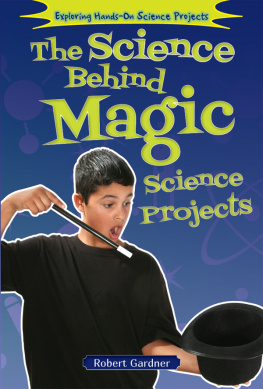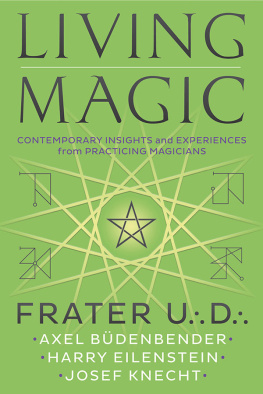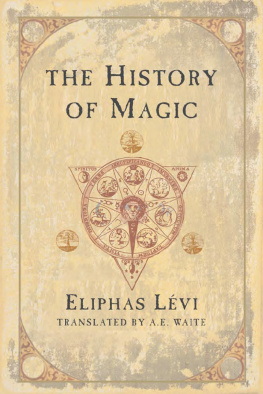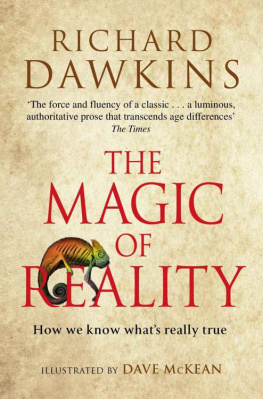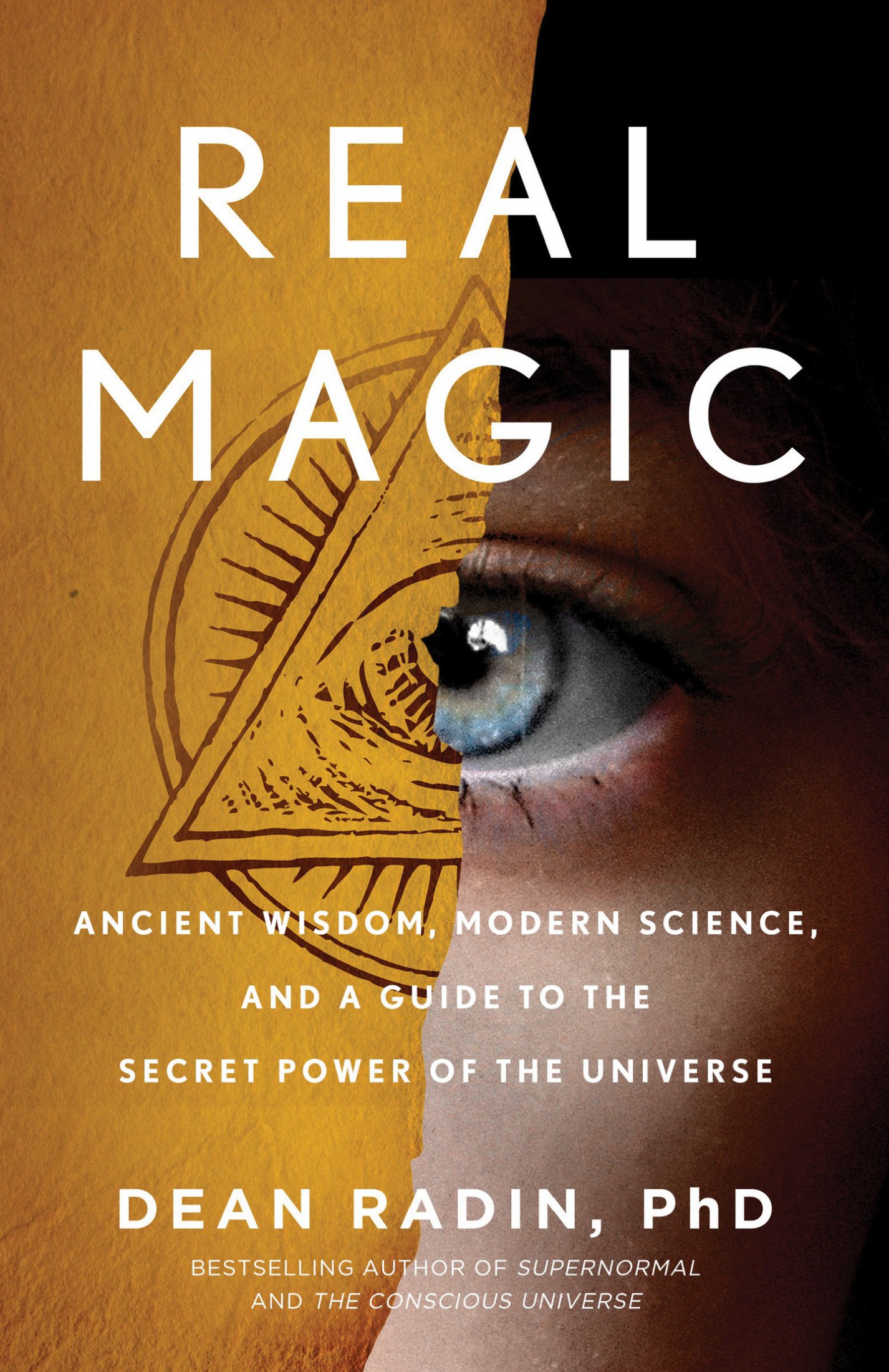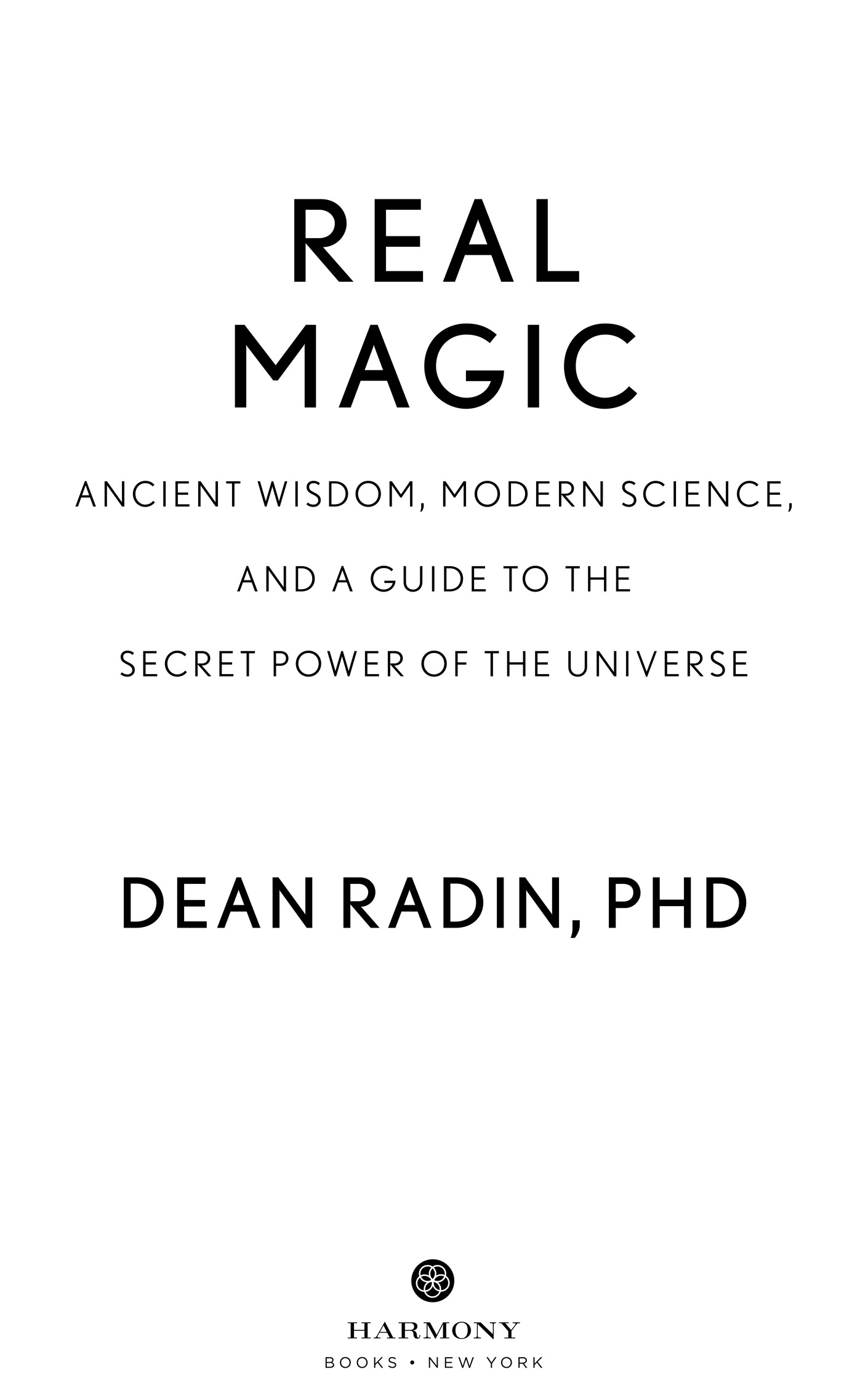All rights reserved.
Published in the United States by Harmony Books, an imprint of the Crown Publishing Group, a division of Penguin Random House LLC, New York.
Harmony Books is a registered trademark, and the Circle colophon is a trademark of Penguin Random House LLC.
Library of Congress Cataloging-in-Publication data is available upon request.
To my charmed parents, Hilda (19232017) and Jerry, who celebrated their seventy-third wedding anniversary in 2017;
to my enchanting wife, Susie; and to our two small dogs, who are spellbound by moving objects, especially cats
PREFACE
Guest editorial, New Seattle Province, June 1, 2915. A fragment of an ancient digitized file was discovered today during an archeological dig in the region once known as the American Northwest. Precise dating of the fragment is uncertain due to bit corruption, but estimates place it near the beginning of the twenty-third century. It appears to be an editorial from the defunct news service Galactica Today. It reads:
It is difficult to appreciate what it must have been like to live at the dawn of the twenty-first century. The climate was spiraling out of control, viral outbreaks were endemic, and the global economy was failing. The population turned to demagogues who promised grandiose, unrealistic futures. As civil order declined, simmering resentments fueled nationalism and then tribalism, which accelerated the pandemonium.
It was not until the mid-twenty-first century, with the crisis in extremis, that hints of a resolution began to appear. Necessity had cracked entrenched scientific dogmas, allowing new ideas to be heard. The resulting brainstorms revealed that the multiple threats were reflections of a single, underlying dilemmaan impasse that new technologies could not solve. The challenge was rooted in humanitys faulty understanding of consciousness, which, as we now know, is the fundamental glue that binds the fabric of reality. This truth was widely scorned in the early twenty-first century because it evoked age-old fears and preconceptions about what scientists of the day naively called magic. It took many generations to advance beyond those fears.
Historians today agree that the tide turned around the year 2095, when Hilda Ramirez of Hunan State University first conclusively demonstrated the plasticity of physical reality. Her evidence that the speed of light and other physical constants were mental constructs, not inviolable absolutes, provided a clear path to global harmony.
By the mid-twenty-second century, Olga von Diesels theory of quasiholographyknown today in the vernacular as neomagicfirmly placed consciousness on a continuum with matter and energy. The first genetically enhanced magi were soon bred, and even as children they were able to quickly tame extreme weather events. By 2160, the World Federation of Magi was formed and neomagicians throughout the world were tasked with restoring the climate, stabilizing the world economy, and eradicating disease.
What our heroic predecessors failed to appreciate was one of the unintended consequences of the popularization of neomagic, especially among youth. In times past, adolescents expressed their angst by furtively committing acts of rebellious art in public places. Such displaysour ancestors called it graffitiare found throughout the historical record, from crude sketches on the walls of the prehistoric Leang Timpuseng caves in Indonesia to holographic erotica found on the lower decks of the Titan Space Station. This teenage art has always been a nuisance, but at least it could be washed away.
Today, with the rise of neomagical graffiti, we face a more serious problem. Juvenile shenanigans, like the latest fad of turning streetlamps into multicolored carnivorous flowers, are no longer mere annoyances. They pose a serious danger to pedestrians. We must put a stop to this childish behavior before it threatens the social order.
After this point the record is unreadable, but the concern expressed is unmistakable. We sympathize with our predecessors because younger magi today find it hard to believe that only a few centuries ago most people were blissfully unaware of the power of consciousness. They lived during dark times when the most educated minds had convinced themselves, despite an enormous body of evidence to the contrary, that reality emerged solely from various forms of energy. Their crude instruments were unable to detect the multidimensional tapestry of consciousness. It took radical advances in theory and the development of the intelligent noosphere to develop a more comprehensive picture of reality.
We now know that the universe is far more flexible than our ancestors could have believed, but we continue to face a troubling conundrum. Rebellious youth persist in carelessly littering the mindscape with seditious thought-forms. Some even warn that these new forms of graffiti may be altering history. An example of that concern involves the famous statue on Liberty Island in New York harbor. There are clues in the chronological record suggesting that our much-beloved statue, the Philodendron of Freedom, was once a large green woman, not the large green plant weve prized for centuries. That we would have honored a statue of a green woman seems preposterous, but if history is being altered, wed never know for sure. In any case, the consequences of changing history are so dangerous that for the sake of caution we call upon all responsible elder magi to cast binding spells to put an end to these immature pranks before they threaten our very existence.
Chapter 1
BEGINNING
This book is about magic.
Not the fictional magic of Harry Potter, the feigned magic of Harry Houdini, or the fraudulent magic of con artists. Not blue lightning bolts springing from the fingertips, aerial combat on broomsticks, sleight-of-hand tricks, or any of the other elaborations of artistic license and special effects.
This is about real magic.
Occultists sometimes use the Old English spelling magick to distinguish fictional and stage magic from the real deal. Well use the more common term, magic, to avoid unnecessary associations with the occult.
Real magic falls into three categories: mental influence of the physical world, perception of events distant in space or time, and interactions with nonphysical entities. The first type Ill call force of will; its associated with spell-casting and other techniques meant to intentionally influence events or actions. The second is divination; its associated with practices such as reading Tarot cards and mirror-gazing. The third is theurgy, from the Greek meaning god-work; it involves methods for evoking and communicating with spirits.
Unlike books that discuss beliefs about magic from psychological or historical perspectives, or that list recipes for spell-casting, the goal here is to explore real magic from an evidence-based scientific perspective. Why a scientific approach? You wouldnt know it by reading most college textbooks, but theres a vast scientific literature that informs our understanding of real magic. When I was in college, none of my coursework mentioned anything about that literature. But now, after four decades of experimentally studying magic, motivated by scientific curiosity and without a religious background that might have biased me to be overly sympathetic about metaphysical concepts, Ive come to two conclusions.



